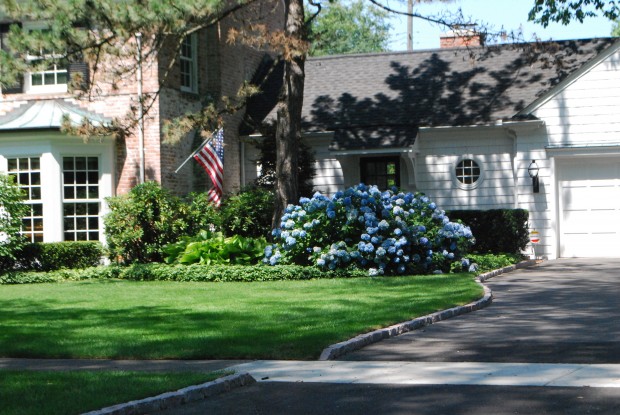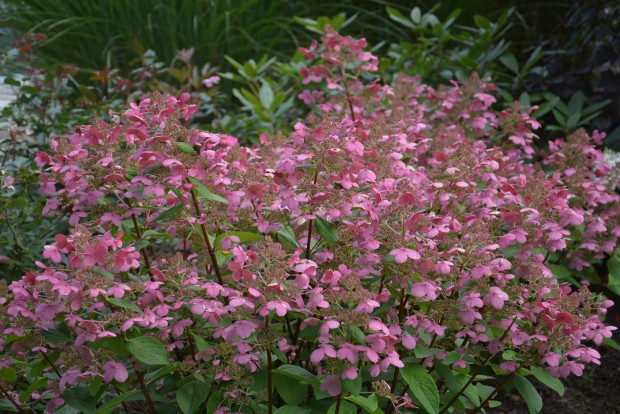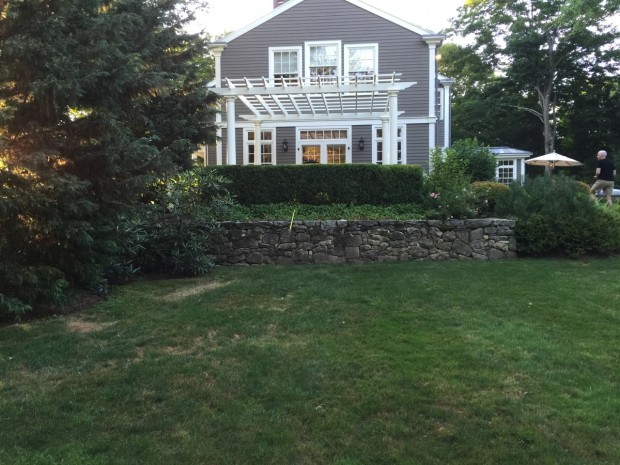 A few weeks ago I had an email from a gardener in Connecticut. She was interested in a Hudson fountain cistern from Branch for her garden, and wondered if I could consult with her about the proposed landscape, and size of the fountain. I am reluctant to take on a design project from far away. I hate to commit to any recommendation for a landscape I cannot see in person. Designing from pictures is next to impossible. On the spot, the eye can take in all kinds of things. The lay of the land. The neighboring property, the driveway, the light, the grade, the existing trees, the soil conditions-there are so many factors that influence design that cannot be adequately conveyed in a photograph. I told her I could not help her. She was not discouraged. She asked for an appointment-she would come from Connecticut to meet with me. How could I say no? Her first picture, accompanied by a schematic landscape plan, told a story. The new landscape and fountain would be constructed at the base of this beautiful stone wall. Never did she broach the topic of the proposed landscape and garden view from an upper level terrace with a pergola overhead. I am sure she uses this terrace off the house regularly. All I could see from this picture was a view out that had been closed off by an old boxwood hedge. Were I to stand in this lower level, I doubt she would be able to see me from up above. These boxwoods were in fact blockswoods.
A few weeks ago I had an email from a gardener in Connecticut. She was interested in a Hudson fountain cistern from Branch for her garden, and wondered if I could consult with her about the proposed landscape, and size of the fountain. I am reluctant to take on a design project from far away. I hate to commit to any recommendation for a landscape I cannot see in person. Designing from pictures is next to impossible. On the spot, the eye can take in all kinds of things. The lay of the land. The neighboring property, the driveway, the light, the grade, the existing trees, the soil conditions-there are so many factors that influence design that cannot be adequately conveyed in a photograph. I told her I could not help her. She was not discouraged. She asked for an appointment-she would come from Connecticut to meet with me. How could I say no? Her first picture, accompanied by a schematic landscape plan, told a story. The new landscape and fountain would be constructed at the base of this beautiful stone wall. Never did she broach the topic of the proposed landscape and garden view from an upper level terrace with a pergola overhead. I am sure she uses this terrace off the house regularly. All I could see from this picture was a view out that had been closed off by an old boxwood hedge. Were I to stand in this lower level, I doubt she would be able to see me from up above. These boxwoods were in fact blockswoods.
 The fieldstone wall is 42 inches high. The boxwood is 34 inches high. This means that her view out from her upper level terrace is missing the bottom 7 feet of her lower level garden. Sitting down, she had no view of anything except the boxwood. A view from a high vantage point, should you be lucky enough to have a view from above, asks for a long and thrilling view out. This boxwood hedge is a screen where no screen is needed. I understand how this happened. What was once a low border framing a view had outgrown its original intent. A fountain and the surrounding landscape on the lower level would never be viewed from this terrace. Is this bad? Of course. A great landscape functions on and from a multiplicity of views. A landscape in which to be is only enhanced by a view of that landscape from afar, or from up above. Good landscapes read at many different levels. This upper level is a place she visits frequently. Why not enjoy what is going on below? When I saw this picture, I so wanted to see through that boxwood to the sunny spot hinted at a distance.
The fieldstone wall is 42 inches high. The boxwood is 34 inches high. This means that her view out from her upper level terrace is missing the bottom 7 feet of her lower level garden. Sitting down, she had no view of anything except the boxwood. A view from a high vantage point, should you be lucky enough to have a view from above, asks for a long and thrilling view out. This boxwood hedge is a screen where no screen is needed. I understand how this happened. What was once a low border framing a view had outgrown its original intent. A fountain and the surrounding landscape on the lower level would never be viewed from this terrace. Is this bad? Of course. A great landscape functions on and from a multiplicity of views. A landscape in which to be is only enhanced by a view of that landscape from afar, or from up above. Good landscapes read at many different levels. This upper level is a place she visits frequently. Why not enjoy what is going on below? When I saw this picture, I so wanted to see through that boxwood to the sunny spot hinted at a distance.
 Though I had insisted that I could not draw a plan for her, I did draw a plan for her. I suggested that she move the boxwood hedge, and install a series of steps from the upper terrace, to the lower level garden. I was concerned that her view from above the garden be as good as her experience immersed in that lower garden. Any landscape that involves a change of grade needs careful engineering. I am not an engineer, but I can imagine what is up and down. And what needs to be open, and what views should be closed. This drawing for my Connecticut landscape is a schematic plan. This means that the marks on this page are suggestions with questions attached. My design for the lower level fountain garden is a schematic plan. Once a schematic plan looks good, then the details can be worked out. Her landscape contractor had suggested a wall to the west to match the existing wall. I do not see that she needs another wall. I like the idea of closing the view from the driveway with layers of plant material.
Though I had insisted that I could not draw a plan for her, I did draw a plan for her. I suggested that she move the boxwood hedge, and install a series of steps from the upper terrace, to the lower level garden. I was concerned that her view from above the garden be as good as her experience immersed in that lower garden. Any landscape that involves a change of grade needs careful engineering. I am not an engineer, but I can imagine what is up and down. And what needs to be open, and what views should be closed. This drawing for my Connecticut landscape is a schematic plan. This means that the marks on this page are suggestions with questions attached. My design for the lower level fountain garden is a schematic plan. Once a schematic plan looks good, then the details can be worked out. Her landscape contractor had suggested a wall to the west to match the existing wall. I do not see that she needs another wall. I like the idea of closing the view from the driveway with layers of plant material.
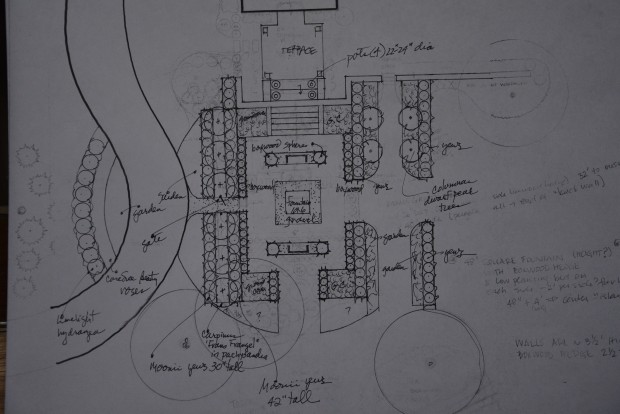 The driveway swoops east, and comes very close to this lower level landscape. Four layers of plant material will make this garden completely private from the driveway. A gate will make a subtle suggestion of what is within. Layers of landscape can provide visual interest from both sides. What is the need? A gently closed view from the driveway.
The driveway swoops east, and comes very close to this lower level landscape. Four layers of plant material will make this garden completely private from the driveway. A gate will make a subtle suggestion of what is within. Layers of landscape can provide visual interest from both sides. What is the need? A gently closed view from the driveway.
This terrace has a sculpture positioned in the middle of the opening to the pool garden. An opening with a suggestion of closure interrupts the speed at which a guest moves from one area to the other. One must walk around one side of the sculpture, or the other. The time it takes to make that decision slows down the pace. A slow pace means one has time to appreciate and experience one’s surroundings. The transition from a rear terrace to the pool is a long transition. I favor this. There is time to absorb the foreground space, and anticipate the next space. The figure in the sculpture faces a rear porch. The arbor frames the sculpture, and invites a walk through to the other side. There is no need or want of closure here. The hallway from this terrace to the pool garden is interesting.
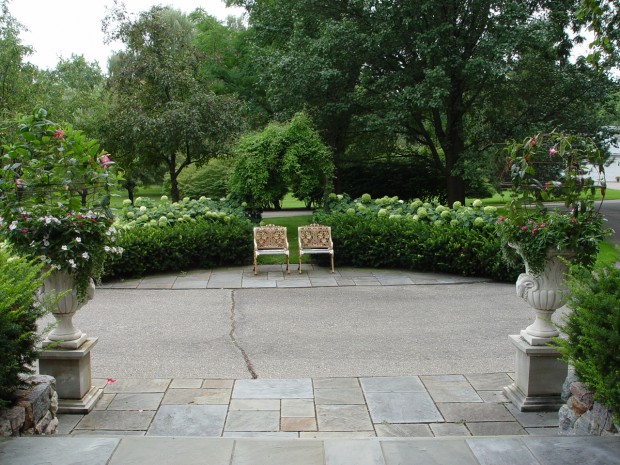 This small driveway terrace functions as a drop off. The enclosure supplied by the hydrangeas provides some intimacy, in anticipation of a walk to the front door. The opening in the hydrangea hedge, marked by an arbor planted with sweet autumn clematis, gives a glimpse of the landscape beyond. This landscape celebrates arrival.
This small driveway terrace functions as a drop off. The enclosure supplied by the hydrangeas provides some intimacy, in anticipation of a walk to the front door. The opening in the hydrangea hedge, marked by an arbor planted with sweet autumn clematis, gives a glimpse of the landscape beyond. This landscape celebrates arrival.
 This landscape which I designed some years back features a long view, that opens up over a considerable distance. I always encourage a client who has long spaces to feature and describe that space. The closure comes behind the sculpture or large pot at the end of that long view. The screening trees eliminate the view of some large electrical transformers. What needs to be open and what needs to be closed is an important part of a good landscape design.
This landscape which I designed some years back features a long view, that opens up over a considerable distance. I always encourage a client who has long spaces to feature and describe that space. The closure comes behind the sculpture or large pot at the end of that long view. The screening trees eliminate the view of some large electrical transformers. What needs to be open and what needs to be closed is an important part of a good landscape design.
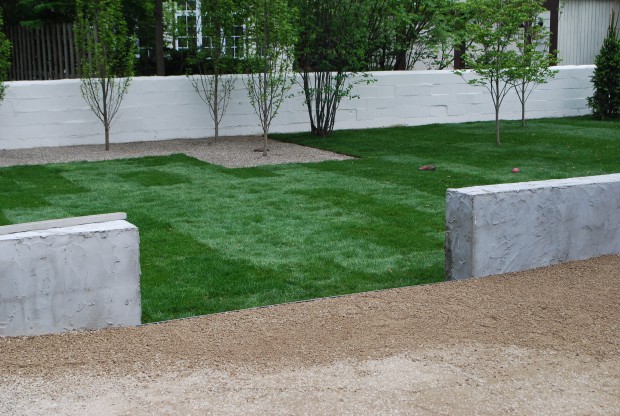 This gravel terrace is one step above the lawn plane. I retained that 7 inch drop with a wide piece of custom edger strip. The low stucco walls at seat height provide some enclosure without screening the rear yard from view. I felt this terrace needed some enclosure. In any landscape, there are views that need to be open. Views that need to be partially open. Or scarcely open. Those views that need screening-assess the extent of what needs to be blocked. Blocked in summer, not in winter? Blocked always? Is there one place the landscape can be open? If so, seize that opportunity. An opening in the landscape feels great. Those places where people congregate, make them feel intimate. I am so hoping my client in Connecticut will open her pergola terrace to the landscape below.
This gravel terrace is one step above the lawn plane. I retained that 7 inch drop with a wide piece of custom edger strip. The low stucco walls at seat height provide some enclosure without screening the rear yard from view. I felt this terrace needed some enclosure. In any landscape, there are views that need to be open. Views that need to be partially open. Or scarcely open. Those views that need screening-assess the extent of what needs to be blocked. Blocked in summer, not in winter? Blocked always? Is there one place the landscape can be open? If so, seize that opportunity. An opening in the landscape feels great. Those places where people congregate, make them feel intimate. I am so hoping my client in Connecticut will open her pergola terrace to the landscape below.

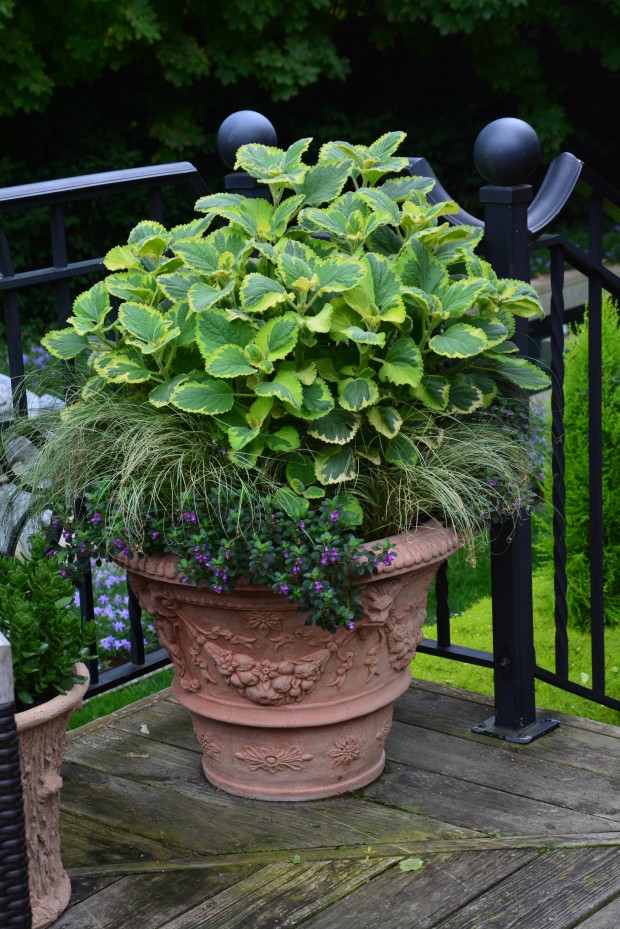
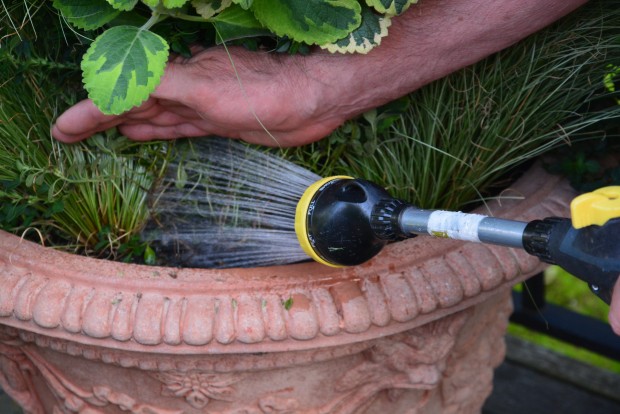

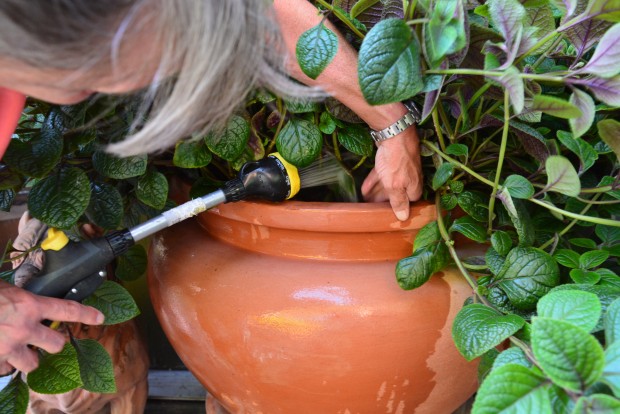


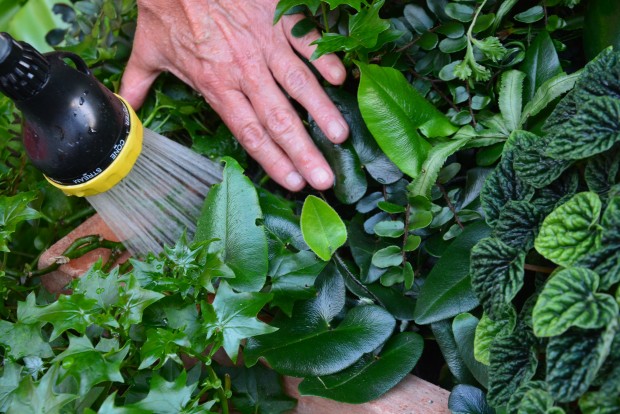
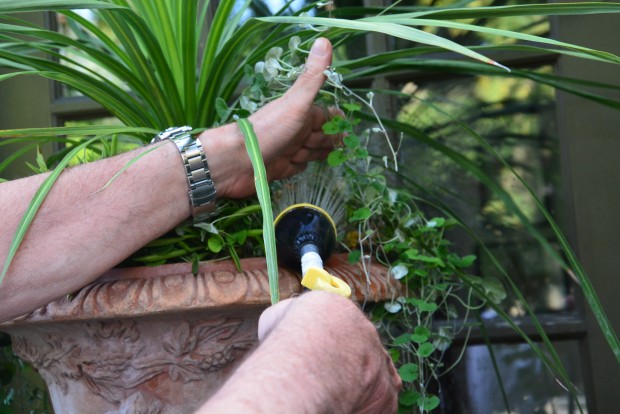

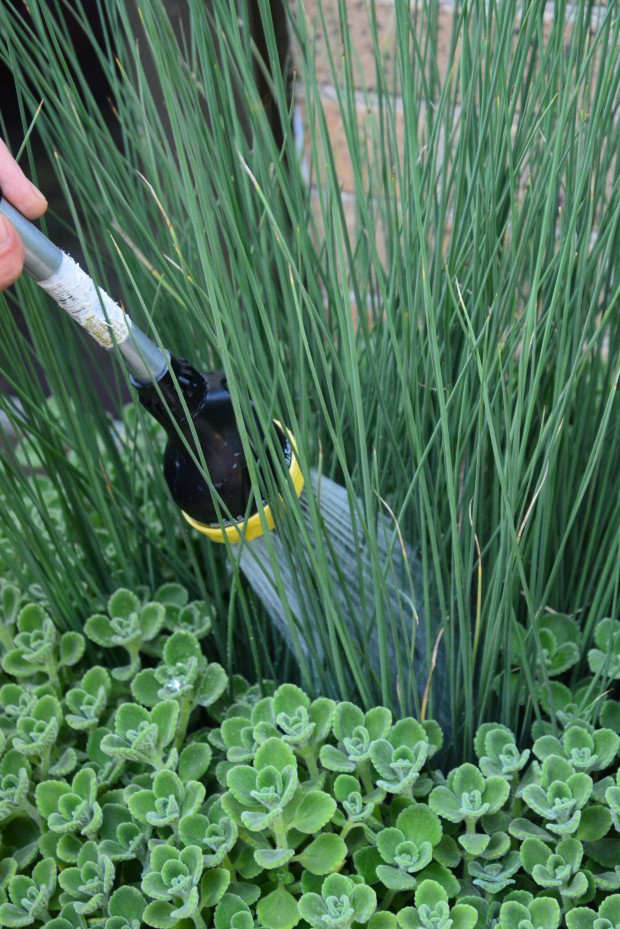
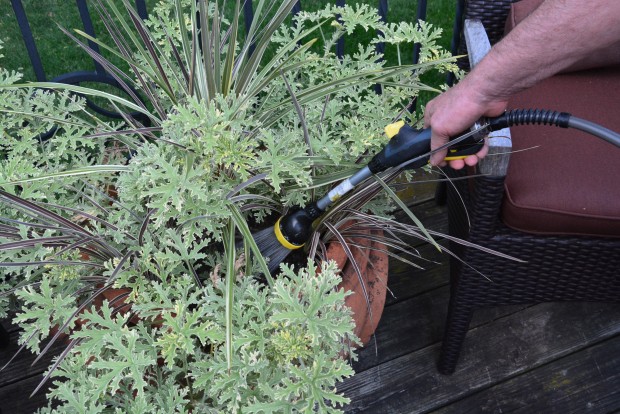
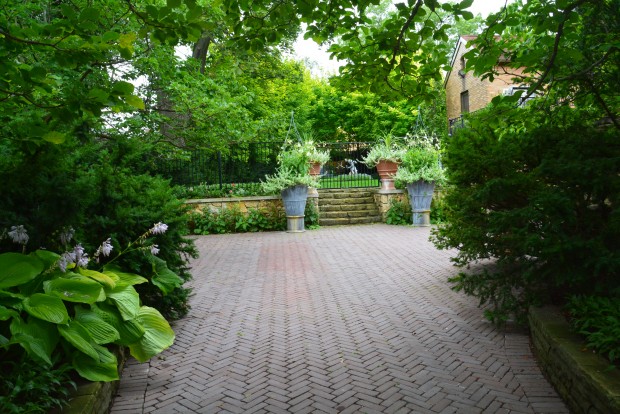
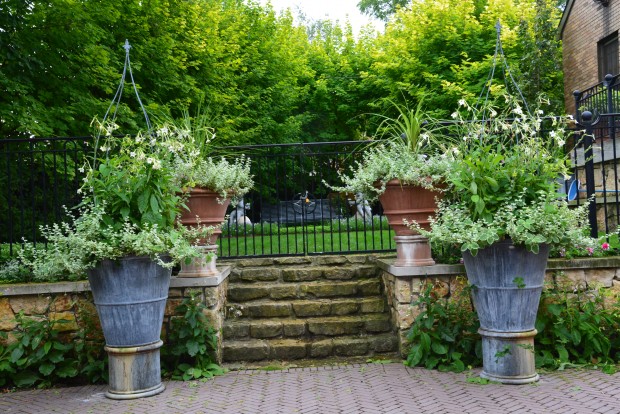
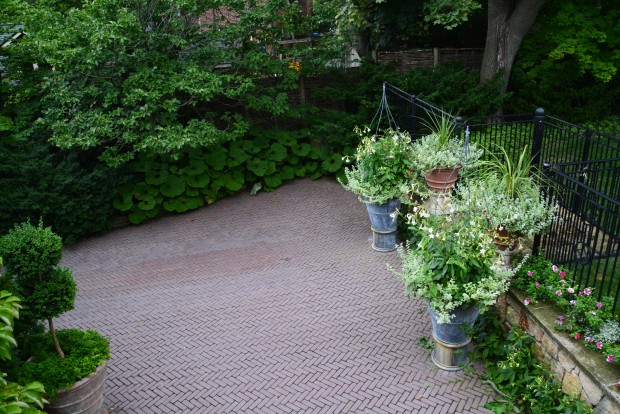
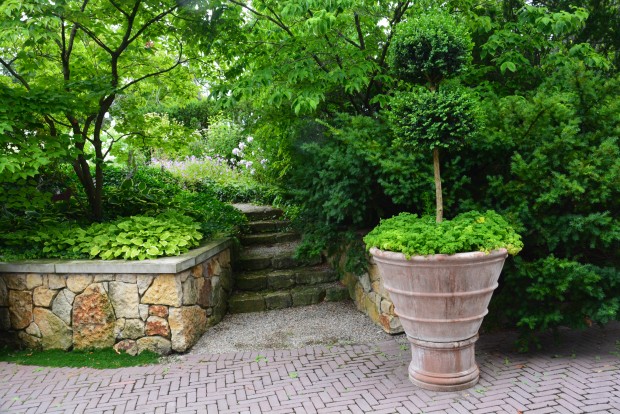

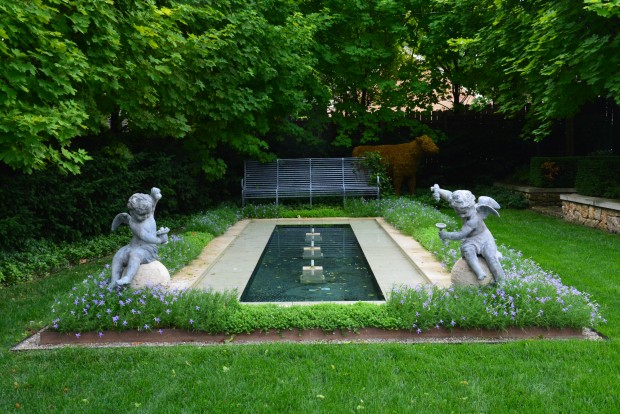

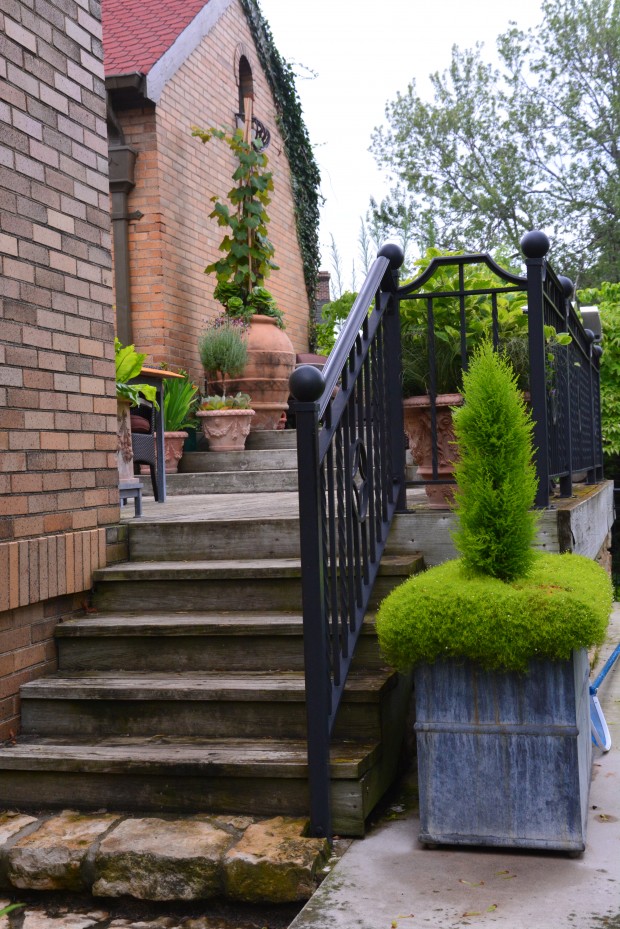
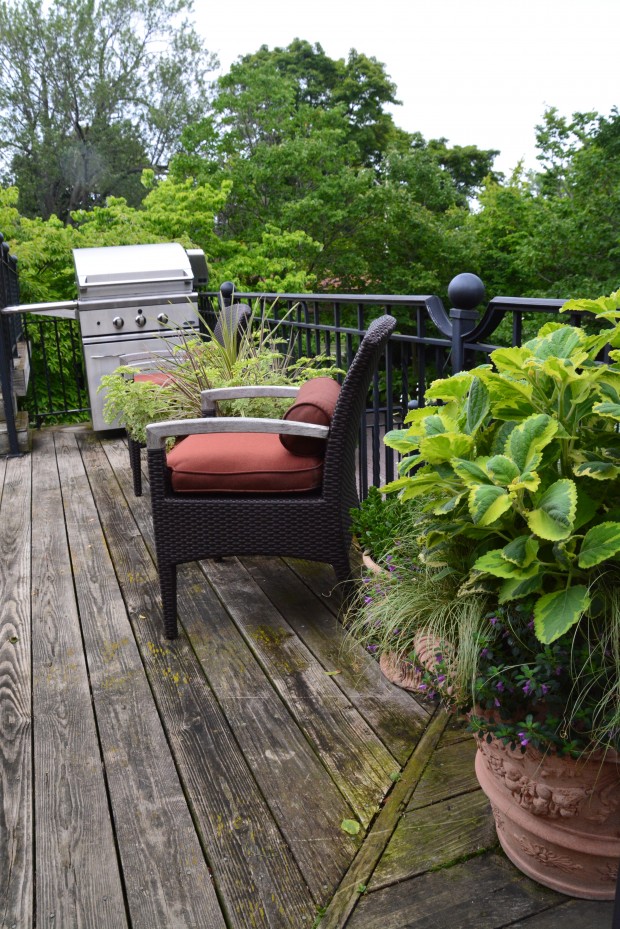
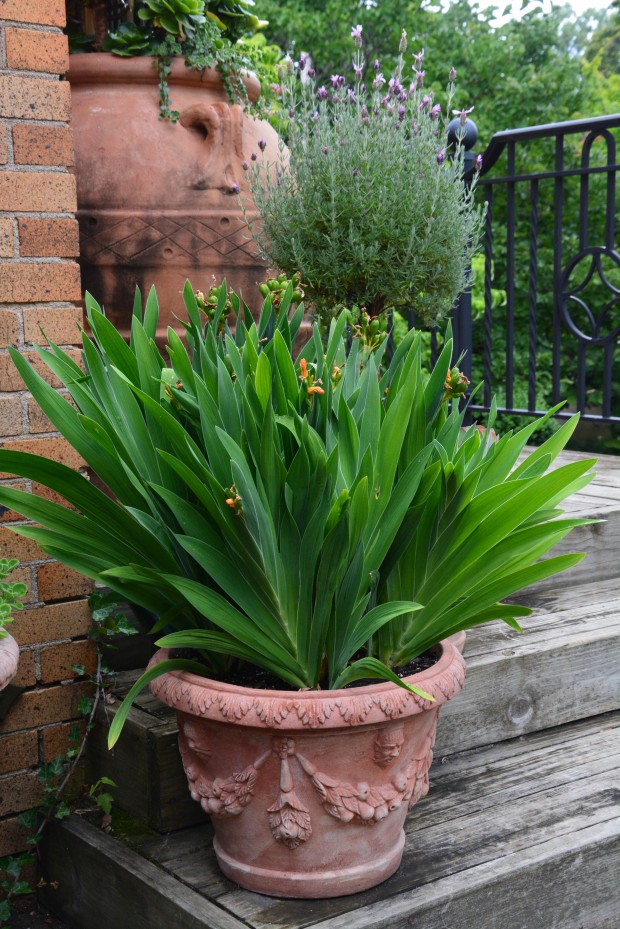
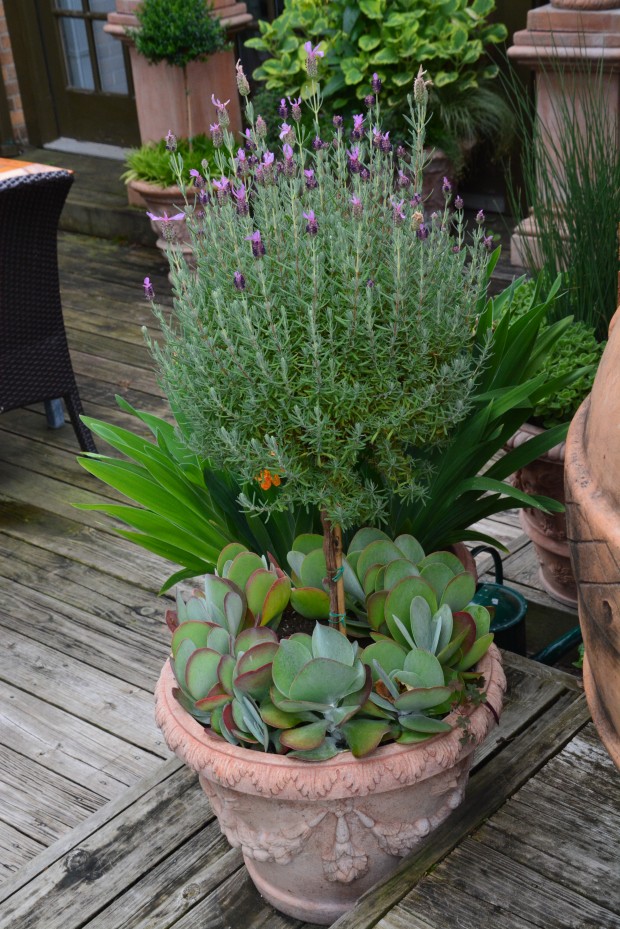
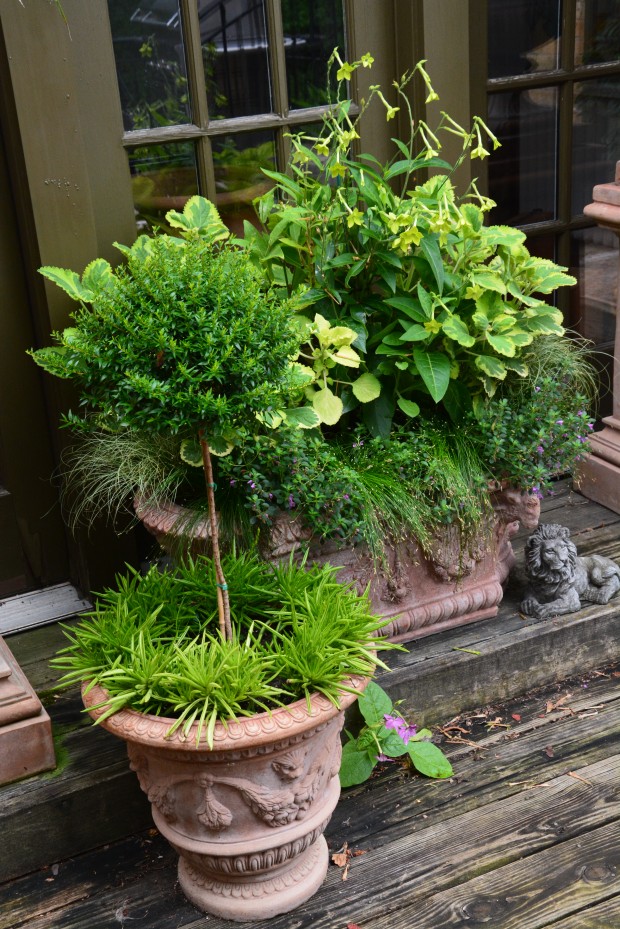
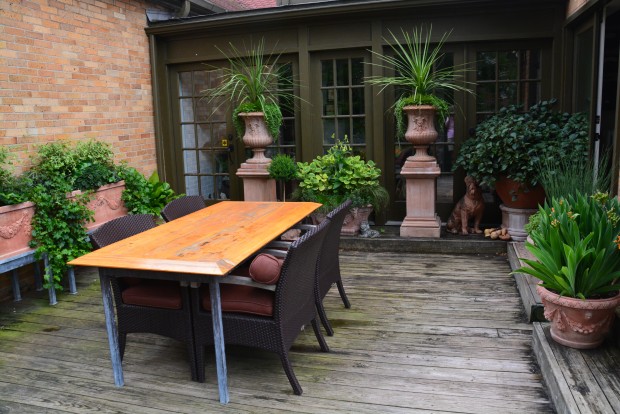

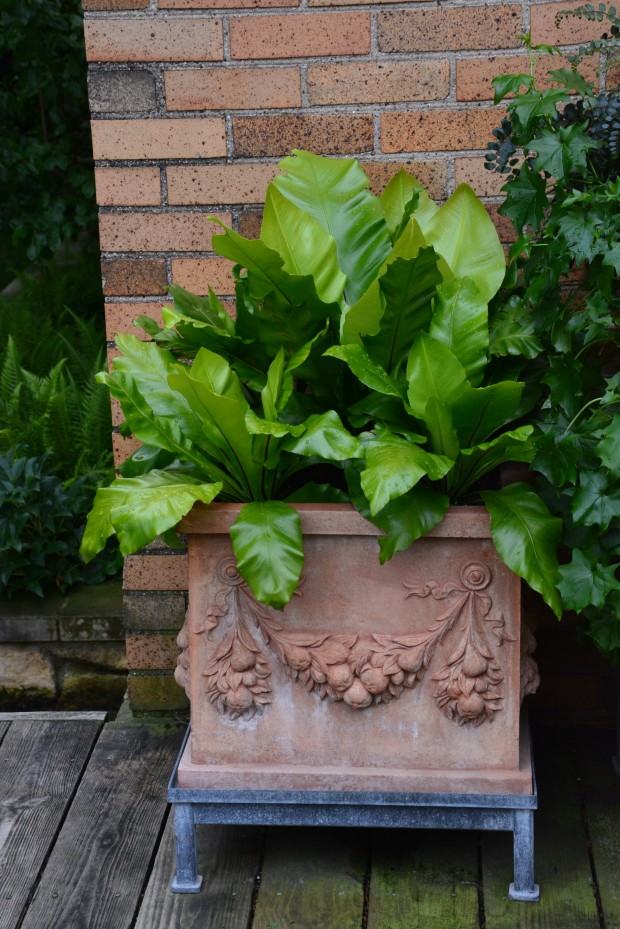
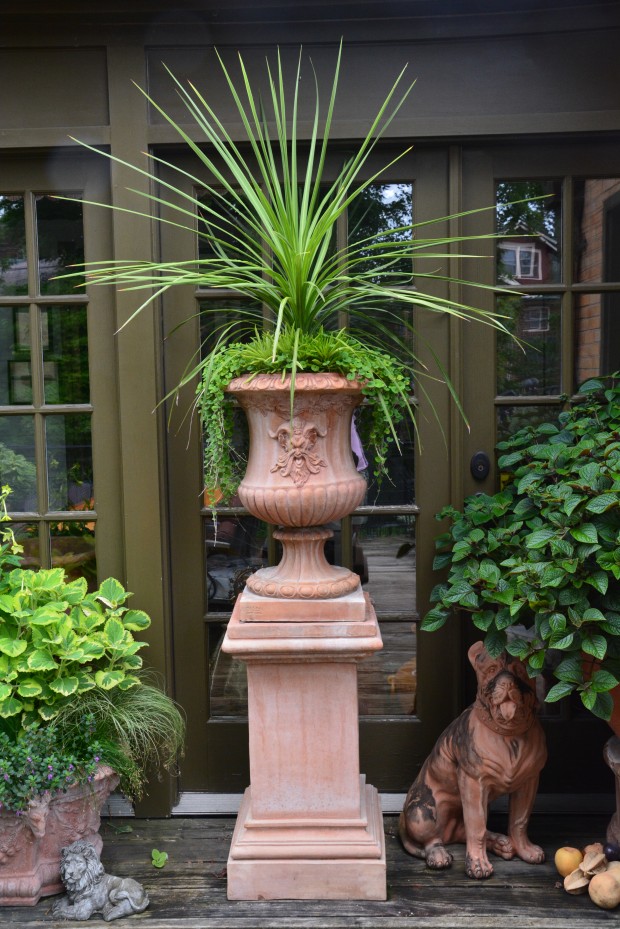


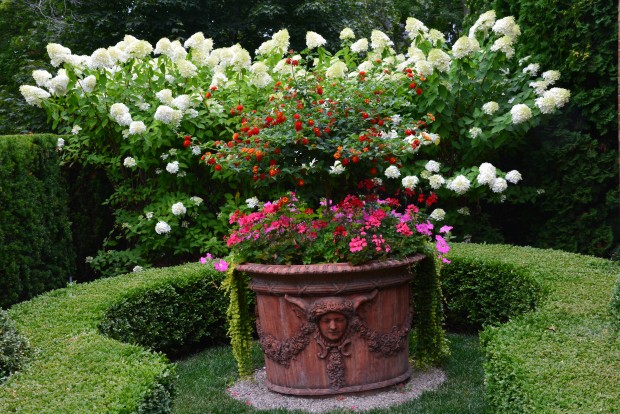
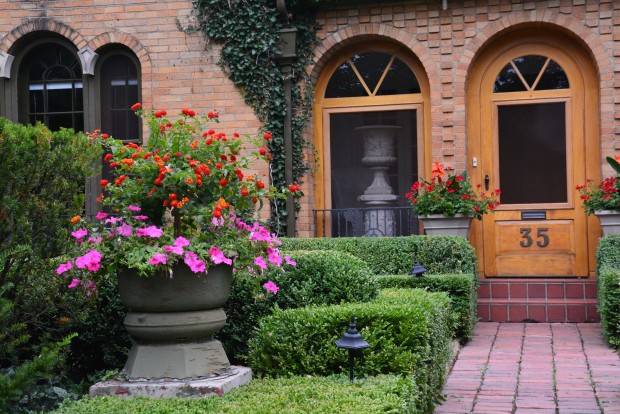

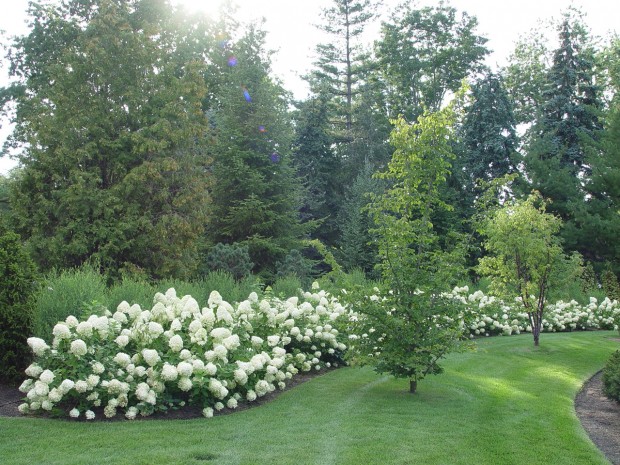
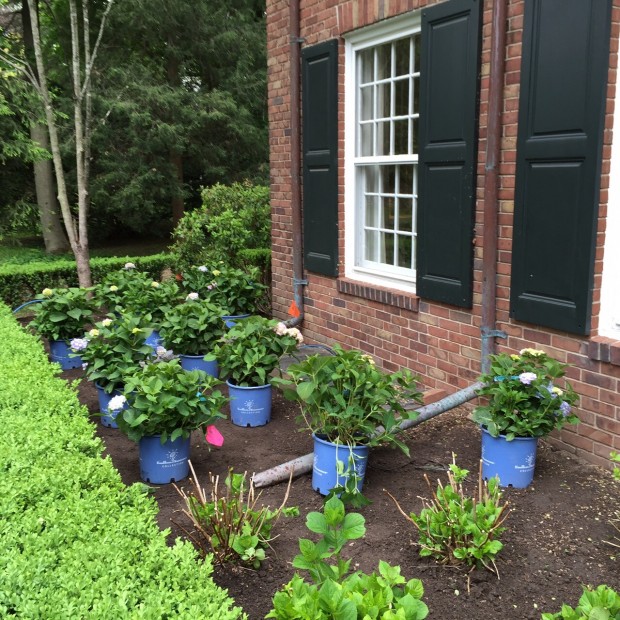
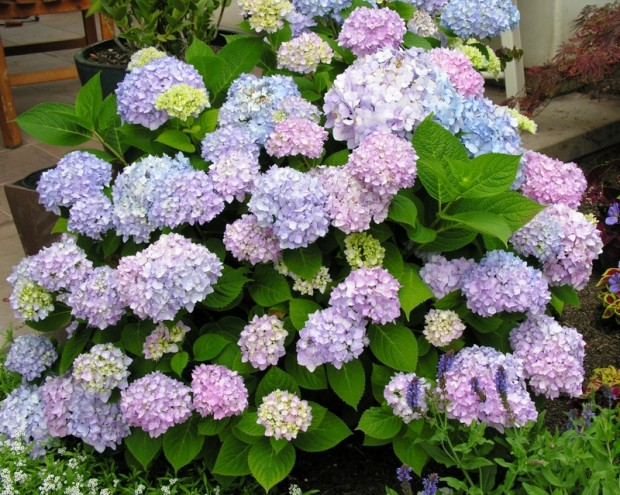
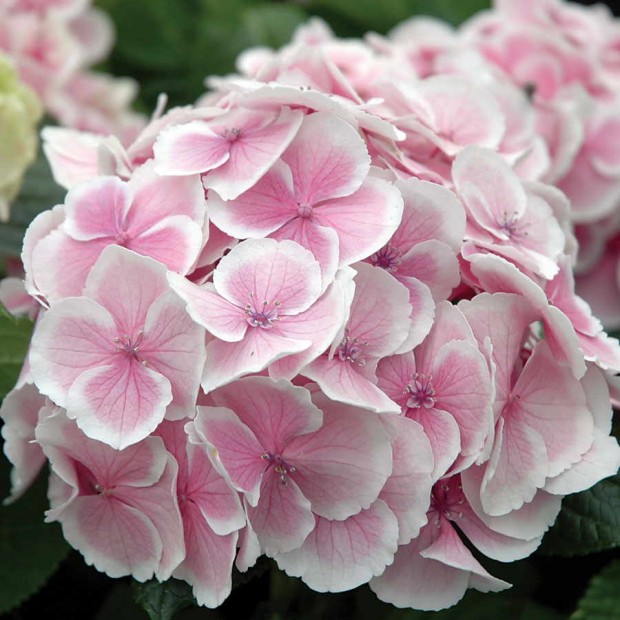
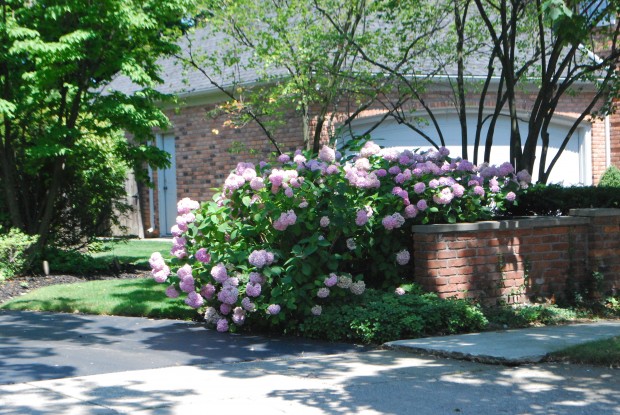
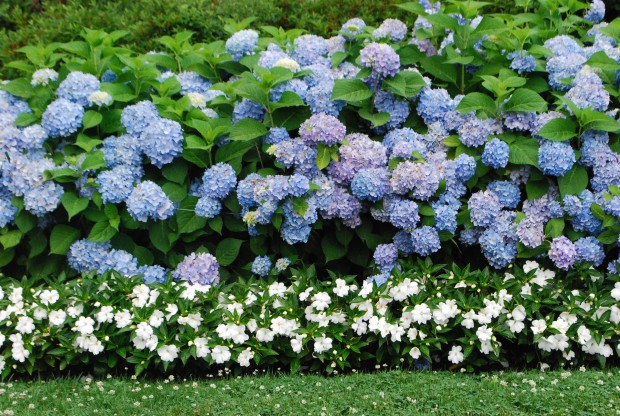
![[wallcoo]_hydrangea_picture_4(1)](https://deborahsilver.com/wp-content/uploads/2015/08/wallcoo_hydrangea_picture_41-620x465.jpg)
